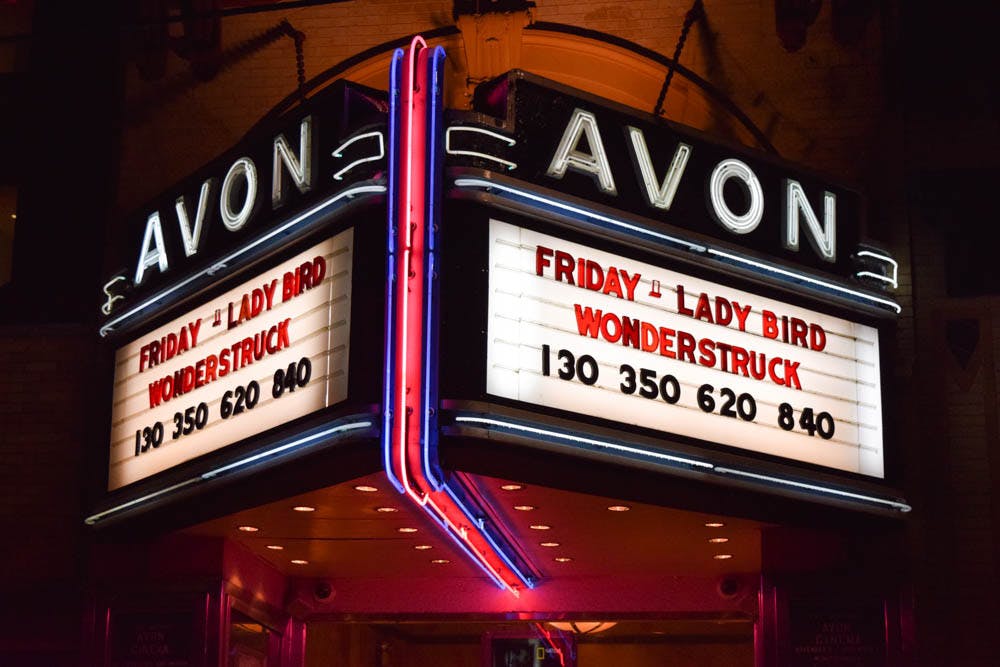Todd Haynes’ “Wonderstruck” is a film of sounds and images above all else, where feelings and ideas reverberate outward from color and light, smiles and glances, music and art. Haynes has put his enchanting aestheticism to use before in exquisite films like “Far From Heaven” and “Carol.” In those works, his sensitive camera work and penchant for beauty were matched with a fine storytelling sense. But in contrast, “Wonderstruck” suffers from a largely inert and lopsided narrative, leaving the viewer not so much wonderstruck as lightly wonder-touched, misty-eyed but not quite sure why.
Adapted from Brian Selznick’s novel, “Wonderstruck” tells two cleverly paralleled stories of children running away from home and searching for a parent. One tale follows a young deaf girl named Rose (Millicent Simmonds) in 1927, who runs away from her strict guardian in Hoboken, New Jersey to the bright lights and busy streets of New York City. The other strand follows a boy named Ben (Oakes Fegley) in 1977, who lost his mother to a car crash and his hearing from a lightning strike. He leaves his home in Minnesota to go to New York, with his only hope of finding his father pinned on a bookmark he found in his mother’s bedroom. It bears a message to his mother from someone named Danny, as well the address of a bookstore in Manhattan. The cuts back and forth between the two stories turn on simple concepts, from stars to storms to museum plaques, suggesting an inherent connection between these two children living 50 years apart.
Early on, Rose finds her mother, a star of stage and screen named Lillian Mayhew (Julianne Moore). But Mayhew has more invested in the demands of her art than her motherhood and quickly shuffles off Rose to sit quietly in her dressing room. Not one to be subject to such indifference, Rose ventures around New York City. Simmonds is a wonderfully expressive young actor, and Haynes shoots her storyline in silent black and white, mirroring both the era and Rose’s condition. Carter Burwell occupies the silence with his marvelous orchestral score, full of shimmering percussion, piano and richly resonant strings.
Both Rose and Ben eventually find themselves at the Museum of Natural History, a child’s playground of curiosities, delights and the occasional nightmare. Ben ends up there after following Jamie (Jaden Michael), a young boy he meets on the street, and the two entertain themselves by chasing each other around the museum.
Haynes and cinematographer Edward Lachman shoot the two boys in silhouette in front of the museum’s many dioramas, placing these children in the larger context of a world in which they’re still trying to find their place. Jamie, whose father works at the museum, shows Ben his “secret room” in an off-limits section. It evokes the excitement of a child making a pillow fort or an igloo in the backyard — the feeling of being able to stake out a space in this world and call it your own. Rose, too, is a young person searching. On top of a meteorite where people throw pennies and make wishes, Rose sets down a small paper boat, inside of which she writes: “Where do I belong?”
It’s thematically coherent and powerful stuff, to be sure. But there’s little drama to support it. When Ben and Rose arrive in New York, two questions hover over the narrative. Will they find what they’re looking for? And, more intriguingly, how are these stories connected? Other than Rose’s meeting with her mother, there’s not much development regarding either of these questions until the last 30 minutes of the film. It’s a curious approach to a puzzle box premise. The story isn’t meticulously unlocked, piece by piece, but instead ignored or ploddingly gestured at until the film’s information dump of a denouement.
Saddled with explanation duties, Moore shows up again near the end of the film in the 1977 timeline, wearing lots of age makeup. The explanation itself doesn’t quite inspire the wonder that Selznick and Haynes seem to be after. But the way in which Haynes shows what Moore explains is a stunning feat of production design and visual storytelling and drives home with wit and emotion the film’s thematic concerns.
The moment exemplifies the effect of the film writ large. Bogged down by a story it doesn’t know what to do with, “Wonderstruck” nonetheless has a quiet magic that lives in the folds of its loving sense of craft and its characters’ yearning to belong.





